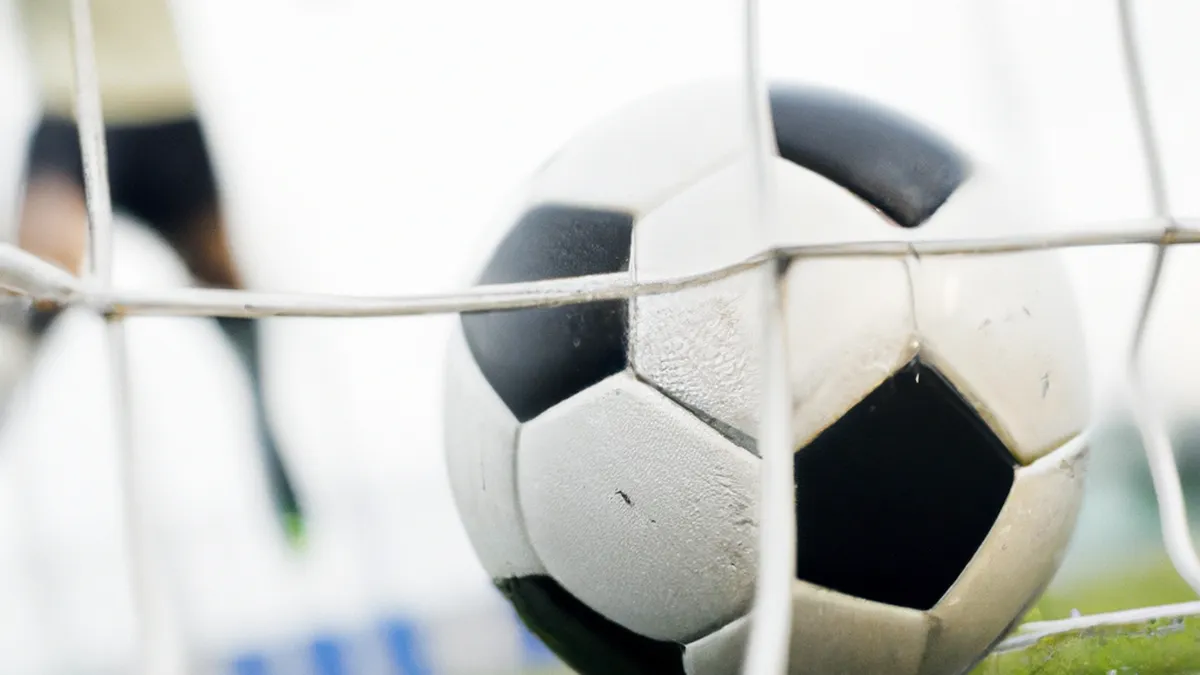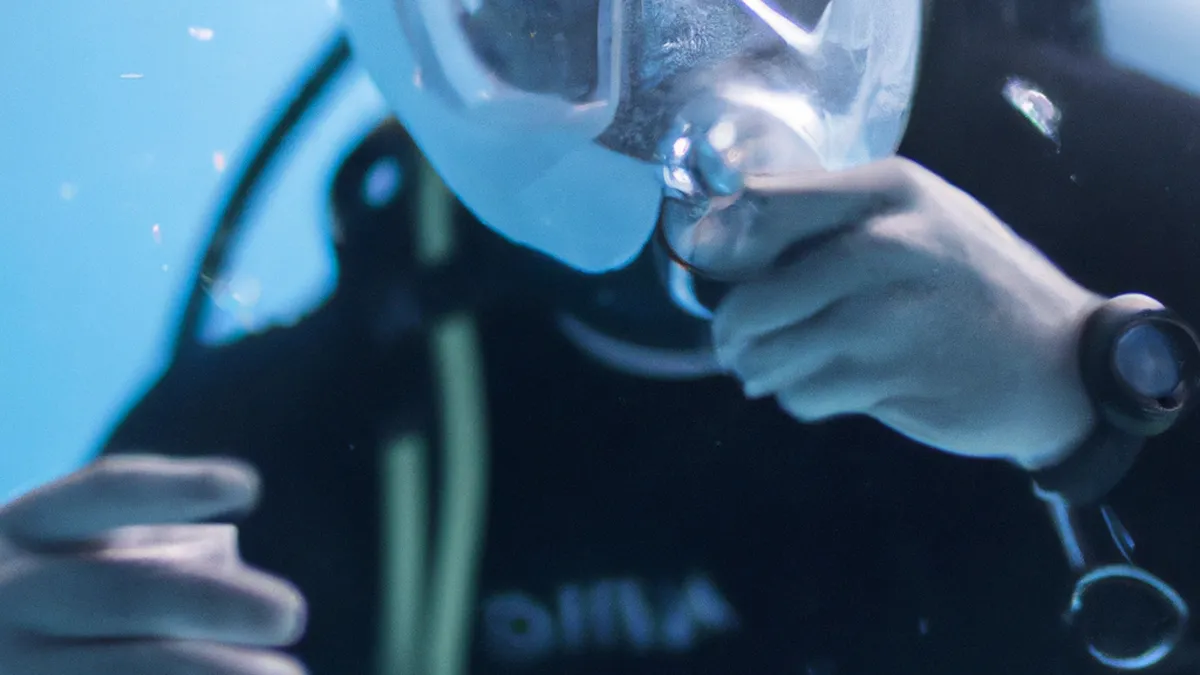Tighten Up: Harness Fit Matters
Harness Fit and Safety Checks: Essential Tips for Optimal SafetyA properly fitted harness is crucial for safety in climbing, construction work, and other height-related tasks. The right harness can mean the difference between life and death. Ensure it fits correctly for optimal safety. This blog post explores harness fit, safety checks, and the benefits of proper harness use.
Understanding Harness Fit
A harness should fit snugly yet comfortably for effective protection. Consider these components for the correct fit:1. **Leg Straps**: Leg straps shouldn’t be too tight or loose. Fit two fingers between your leg and the strap.2. **Waist Belt**: The waist belt should rest above your hip bones. It must be snug but not uncomfortable.3. **Chest Strap**: Position the chest strap at mid-chest level. This helps distribute weight evenly and prevents sliding.4. **Adjustment Points**: Secure all adjustment points. Loose straps can lead to slippage, creating fall hazards.5. **Padding**: Ensure padding in leg straps and waist belt feels comfortable against your body.A well-fitted harness provides support and comfort, allowing you to focus on your task without safety concerns.
Performing Safety Checks
As an Amazon Associate I earn from qualifying purchases.
Gear tip: consider climbing shoes, chalk bag, and belay device to support this topic.
Conduct thorough safety checks before using your harness. Follow these steps for a comprehensive inspection:
Inspect for Damage
Look for signs of wear and tear. Check for frayed straps, broken buckles, or worn stitching. Inspect for cuts or abrasions, especially in high-friction areas. Replace any damaged harness immediately.
Check Buckles and Adjustments
Ensure all buckles function correctly. They should close securely without corrosion. Verify that adjustments hold firmly in place; loose adjustments increase accident risks.
Look for Compliance Marks
Verify that your harness meets safety standards for your specific activity. Look for labels indicating compliance with safety regulations.
Conclusion
In summary, ensure your harness fits properly and conduct regular safety checks for optimal protection.
Below are related products based on this post:
FAQ
Why is a properly fitted harness important?
A properly fitted harness is crucial for safety in climbing, construction work, and other height-related tasks. It can significantly reduce the risk of injury or death by ensuring effective protection while allowing the user to focus on their work without safety concerns.
What should I check during a safety inspection of my harness?
During a safety inspection, you should look for signs of damage such as frayed straps, broken buckles, or worn stitching. Additionally, ensure all buckles function correctly, adjustments are secure, and that the harness meets safety compliance marks for your specific activity.
How should a harness fit for optimal safety?
A harness should fit snugly yet comfortably, with leg straps allowing two fingers’ width, a waist belt resting above the hip bones, and a chest strap positioned at mid-chest level. Proper adjustments and comfortable padding are also essential for effective protection.















Post Comment